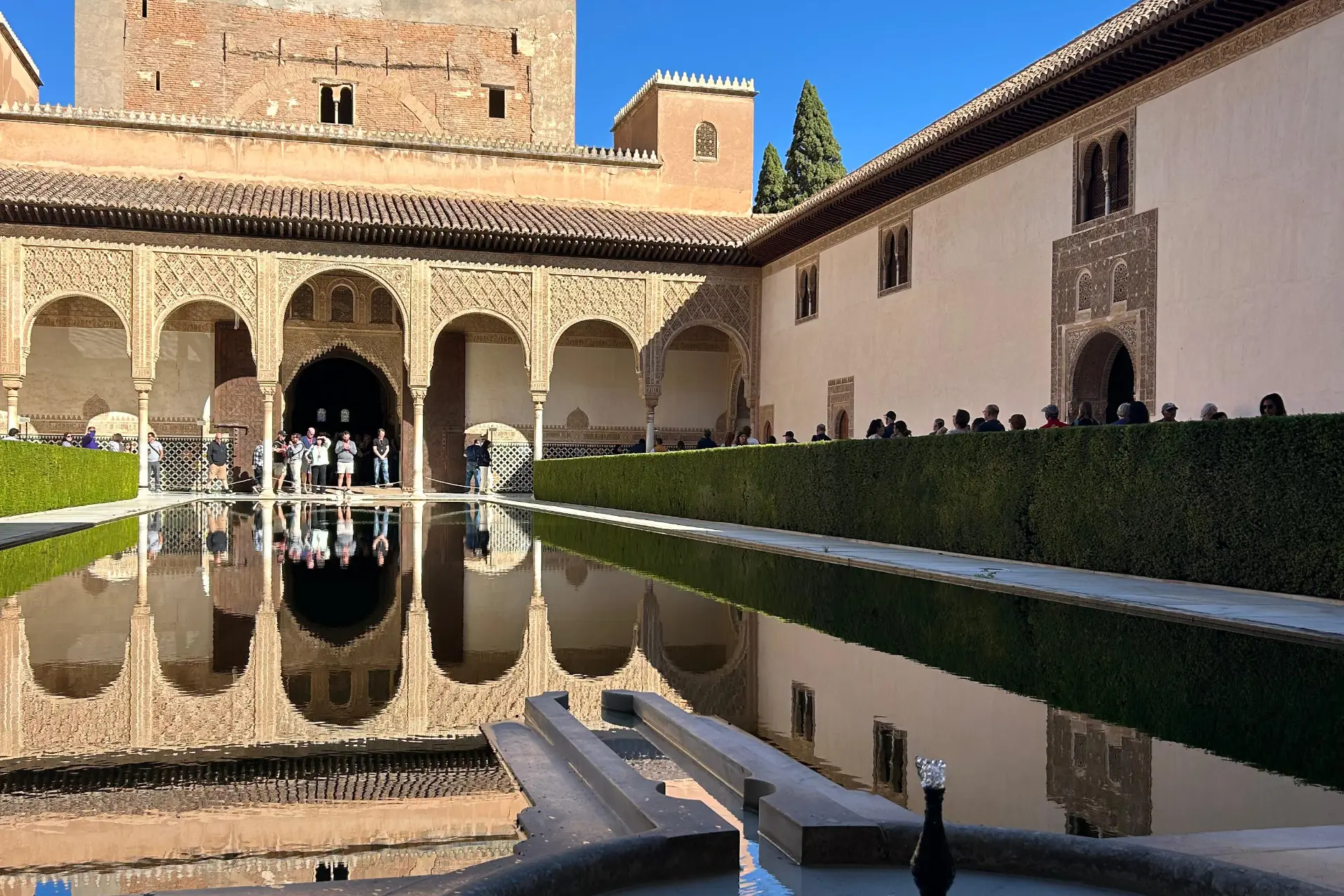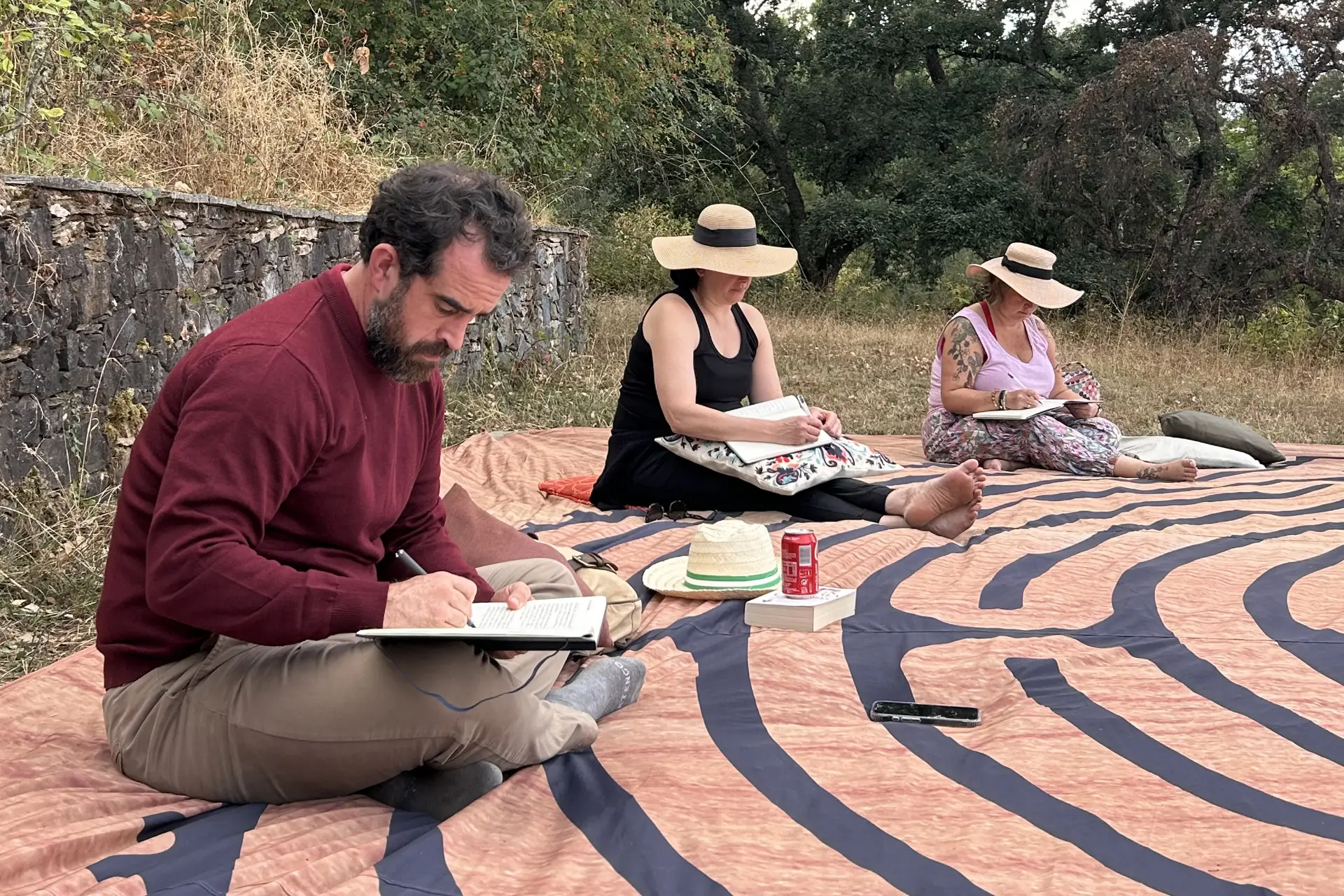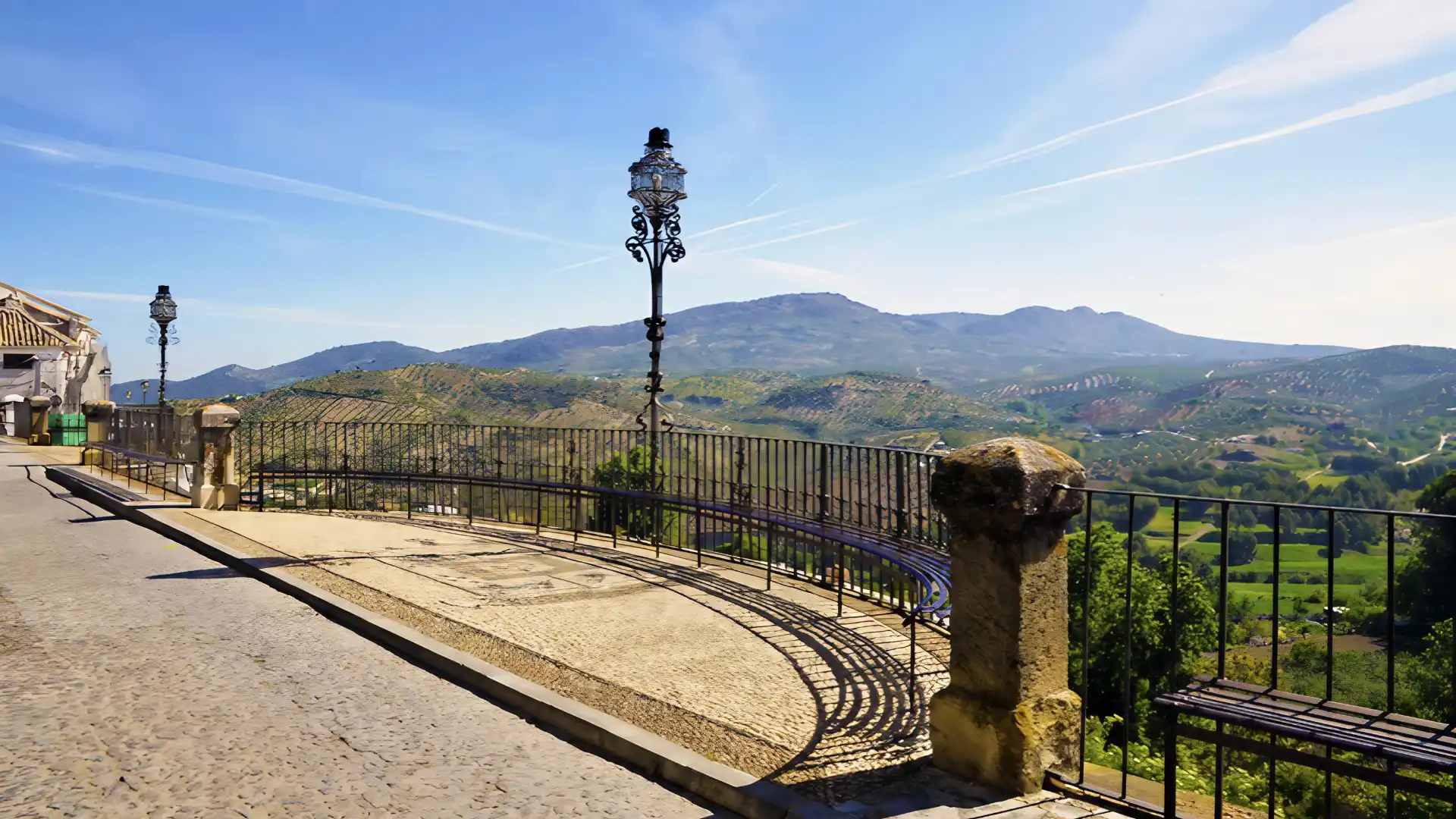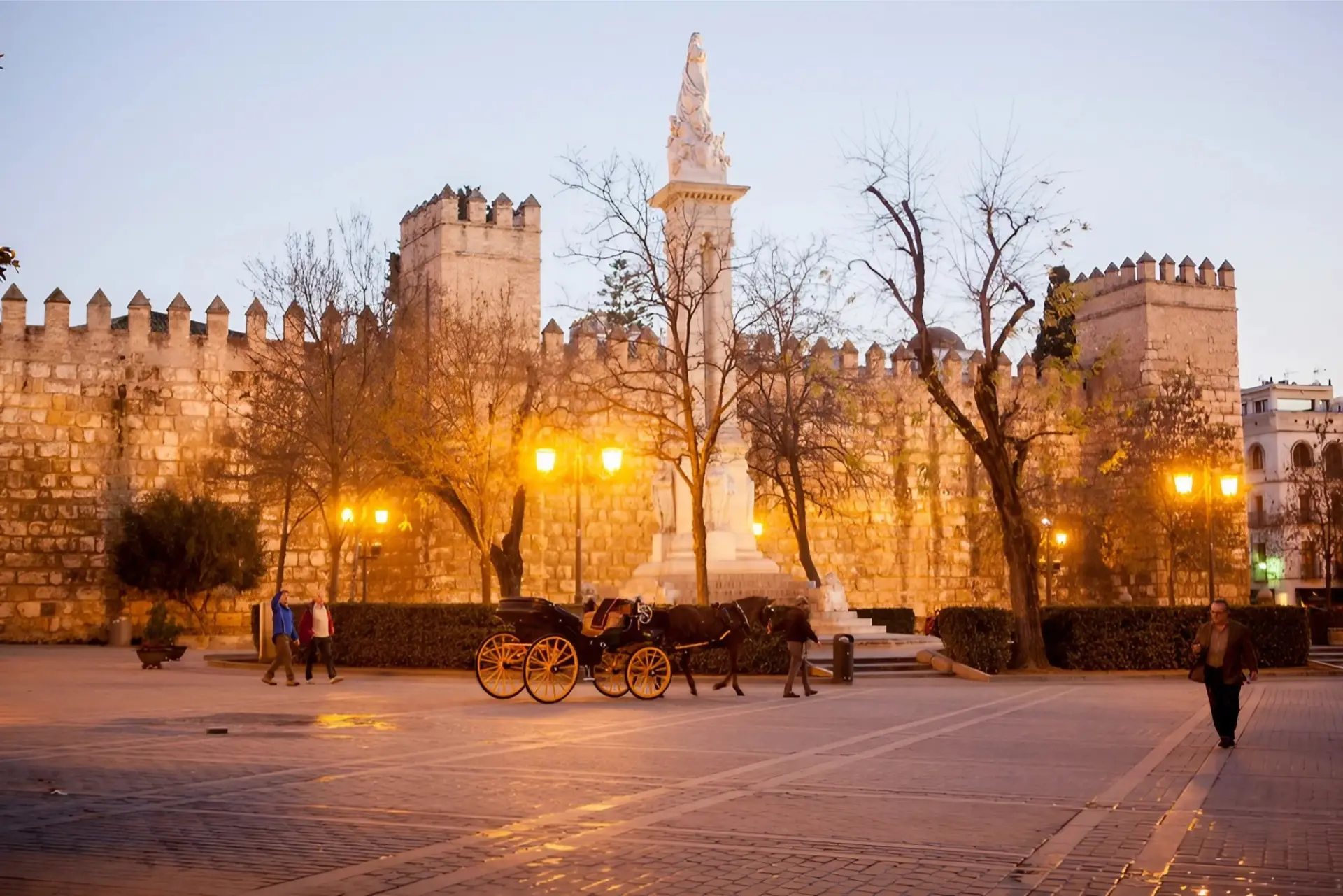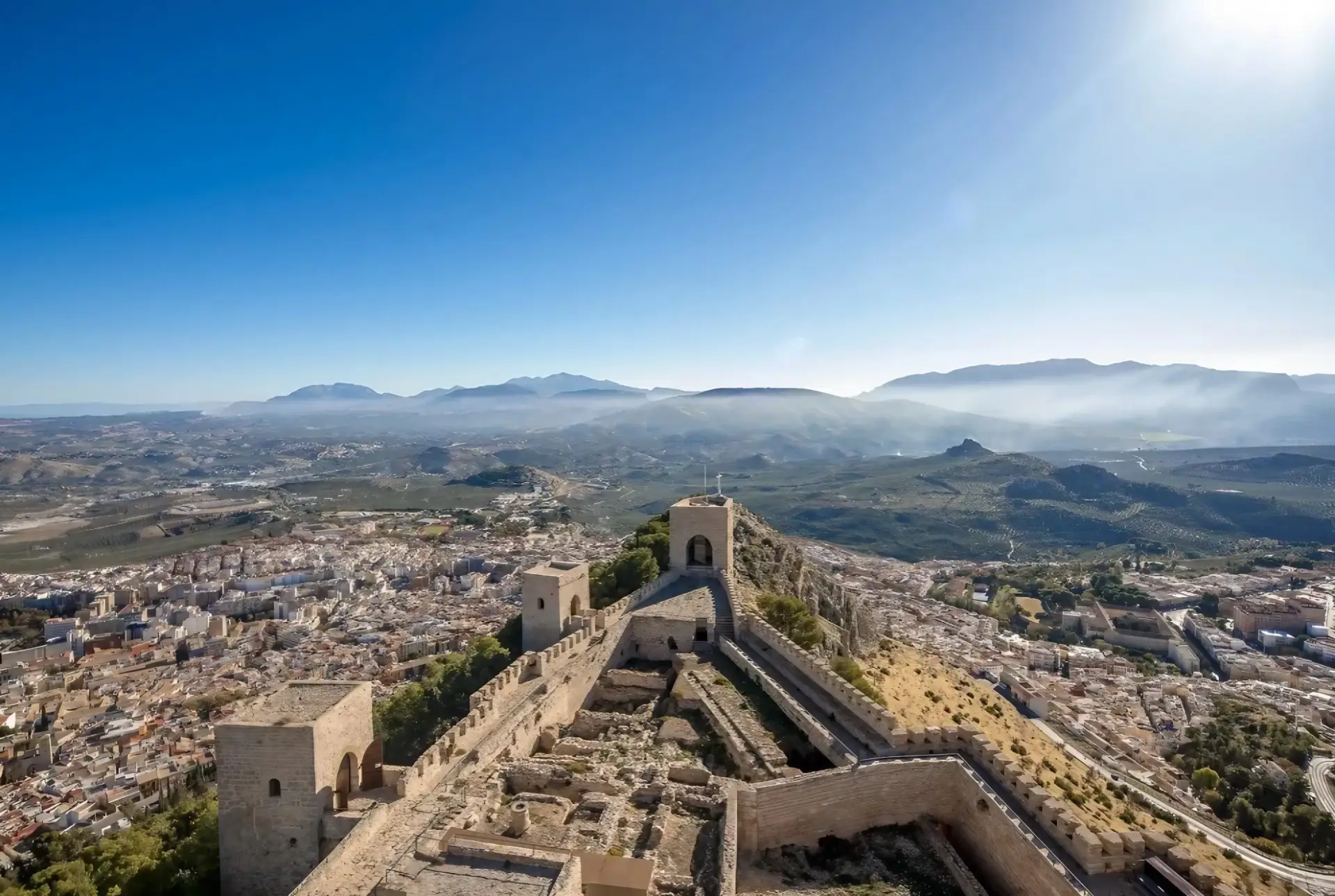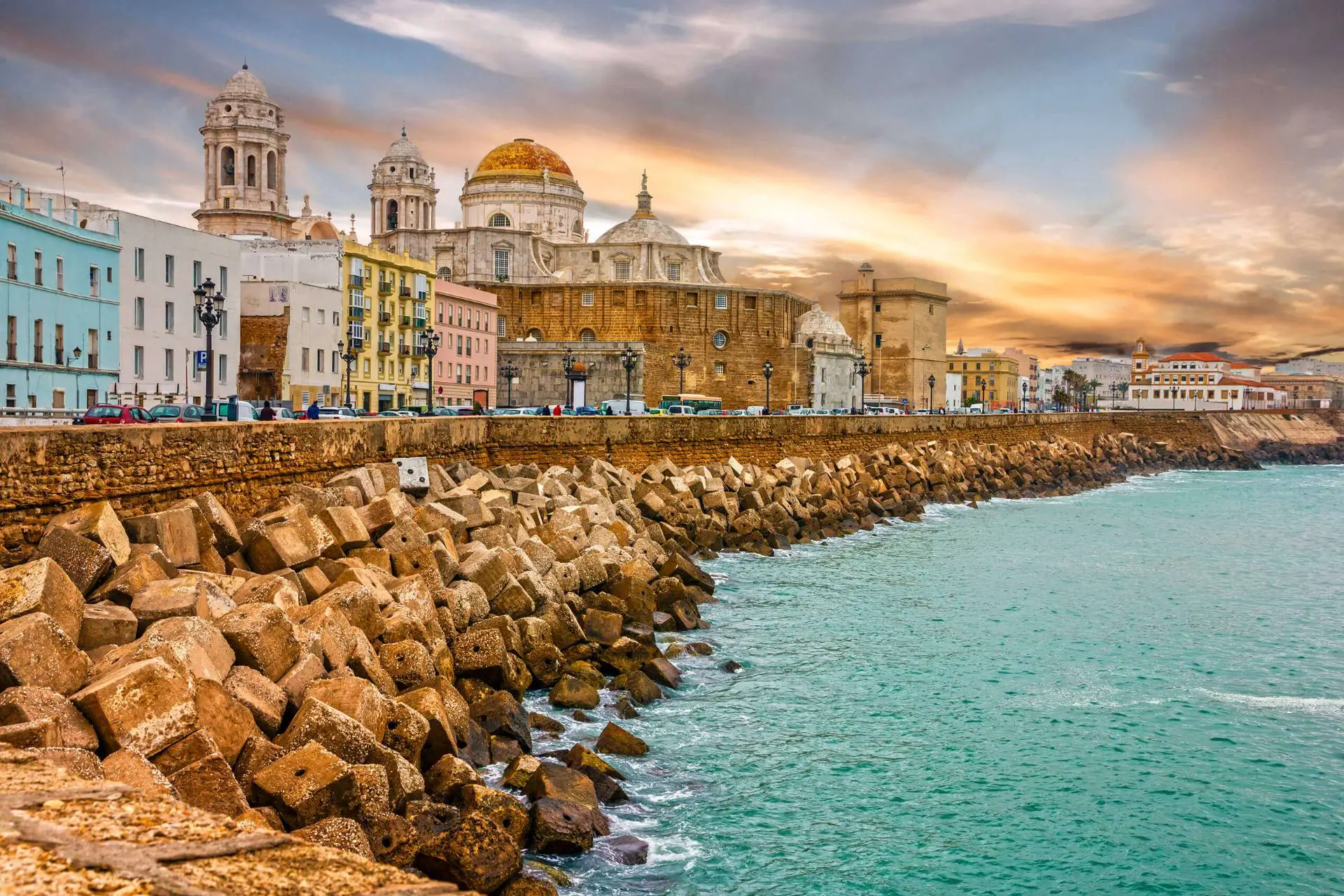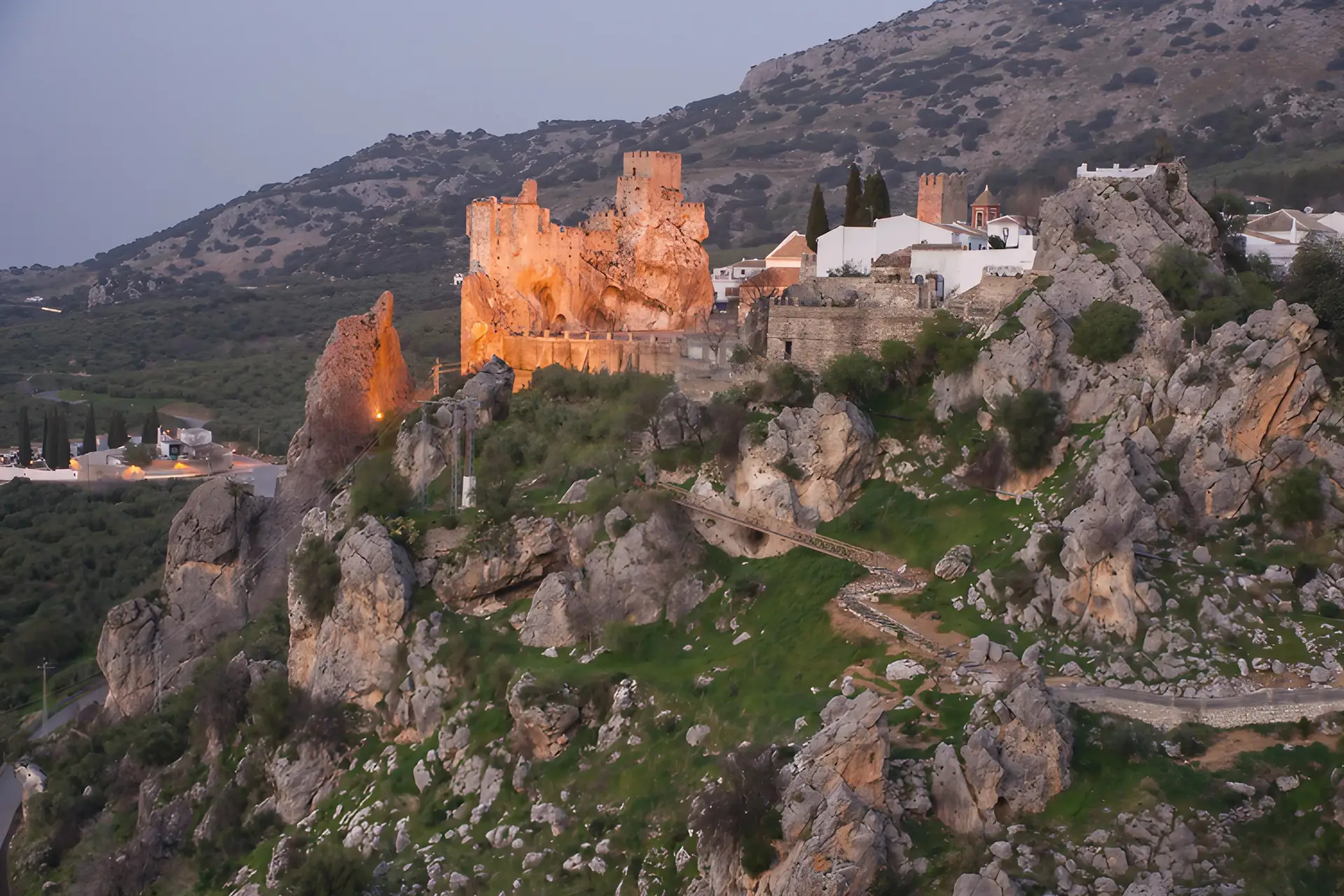If you’re looking for an escape from the coast, then head into the mountains above Torre del Mar and discover charming villages on the Ruta Mudéjar.
This enchanting route takes you through seven picturesque villages: Canillas de Aceituno, Sedella, Salares, Árchez, Canillas de Albaida, Corumbela, and Arenas. Each village, with its unique charm, offers a window into the region’s past and the enduring influence of Mudéjar architecture.
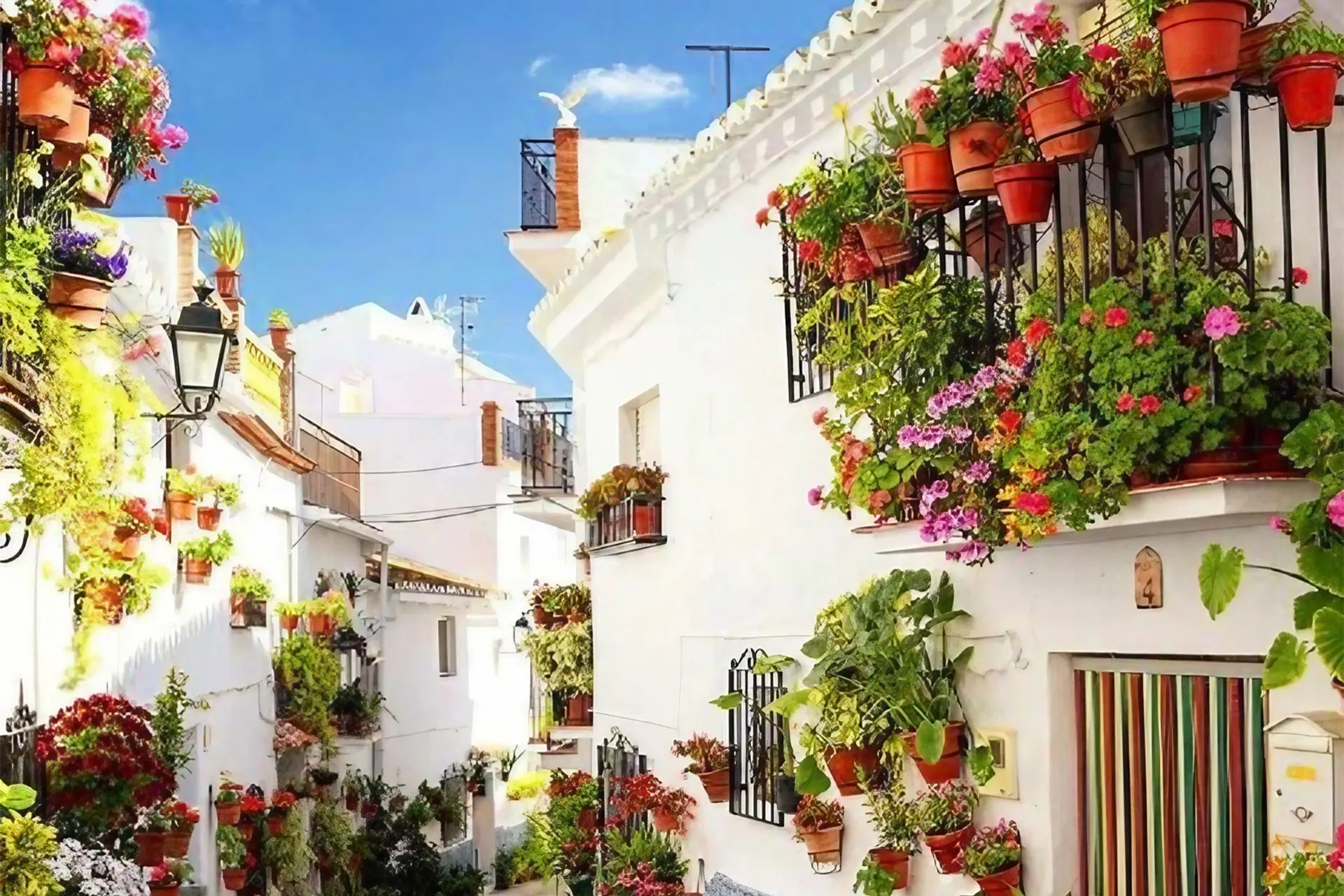
What is Mudéjar?
Before diving into the journey itself, let’s introduce Mudéjar to you. The term originates from the Arabic word “mudayyan,” meaning “domesticated” or “tamed.” It referred to Muslims who remained in Iberia after the Christian Reconquista but were allowed to continue practicing their religion and cultural traditions. Over time, this term extended to a distinctive style of architecture that flourished from the 12th to the 17th centuries, blending Islamic art and Christian influences.
Mudéjar architecture is characterised by the use of brick as the primary building material, intricate geometric patterns, horseshoe arches, and ornate tile work. The style is a testament to the coexistence of cultures in medieval Spain and is considered a unique contribution to European architectural heritage.

The Villages of the Ruta Mudéjar
Let’s embark on the Ruta Mudéjar, where each village tells its own story. You can start the tour at either end, bit we’re going to approach via Canillas de Aceituno.

Canillas de Aceituno
Perched on the slopes of the Sierra de Tejeda, Canillas de Aceituno is a traditional whitewashed village with incredible views of the surrounding mountains.
Don’t miss the Iglesia de Nuestra Señora del Rosario, a Gothic/Mudéjar church with a lovely wooden coffered ceiling. As you stroll through its narrow streets, you’ll encounter remnants of the village’s Moorish past in the form of small arches and hidden corners that whisper of centuries gone by.
From the 8th to 15th centuries, the main product of Canillas de Aceituno was silk. Surrounding the village were mulberry trees to feed the silkworms, plus vines for wine.
Near the Town Hall is an arched tower of the Casa de los Diezmos, better known as the Casa de la Reina Mora (House of the Moorish Queen). It was here that taxes were collected for silk production.
In the 16th century there was an uprising by the Moors, which led to the village’s castle being burnt to the ground by order of the king. The village was repopulated by Christians coming from Cordoba.
In the mountains, the slopes are dotted with almond, olive and avocado trees, wandering amongst which you’ll find herds of goats. Needless to say, one of the most popular dishes in these villages is chivo (kid), sometimes served with an almond sauce. A great place to try chivo is in El Bodegon de Juan Maria in Calle Placeta. Not only are the food and wines good, it also has a traditional feel.
Discover our Food and Wine Tours
If you’re into hiking, then you’re in for a treat. The village is on the slopes of Maroma, Málaga’s highest mountain. There are three main routes to the top, which takes approximately 8 hours. Guides are available and advisable.
Dates: Dia de la Morcilla is on the last Saturday or Sunday in April. Celebrating the black pudding type sausage, there is free morcilla, lots of wine and some folk dancing and activities.
Feria – held around 10th-14th August, there is music, dancing, food, wine and lots of laughter.

Sedella
You can hike from Canillas de Aceituno to Sedella along the Ruta el Saltillo. At just over 8kms, there are incredible views across the mountains and valleys, fresh springs and some walkways that cling to the cliffside. In 2020, a huge suspension bridge was included in the walk. Follow signs from Town Hall in Canillas, and we’ll meet you in Sedella…
Sedella used to be my village, and only in recent years has it moved into the 20th century (it’s a good 100 years behind the times!), but that is precisely its charm.
However, before you reach the village, you can take a small diversion to the Bodegas Sedella winery, a modern building with wonderful views across the countryside. Make an appointment, beforehand, and you can enjoy a tour and tasting of the unique Sedella wine made with the Romé grape.
At the entrance to the village is the public washing area, which would once have been a bustle of activity as the women gathered to clean clothes and linens. Heading along the main street, you’ll come to the Church of San Andrés Apóstol, which features a bell tower, originally a minaret.

Next to it is the Casa Torreón, once a grand mansion-fortress belonging to the Señor de Sedella. Built in the 16th century in the Mudéjar style, it was owned by Diego Fernández de Córdoba, a loyal servant to the Crown of Castile. The most striking feature is its fortified tower, which beautifully blends Renaissance elements with Moorish design.
Interesting Fact: The village’s name is believed to have originated from the Latin word sedilia, meaning “country estate” during the Early Roman Empire. Even before the Arab occupation, the village was known as Sedille, as indicated by a seventh-century map.
The Arabs later renamed it “Xedalia.” However, in 1487, after Sedella fell to Christian forces, it became known as “Villa Castillo,” named after the fort adjacent to the town centre.
According to popular legend, the village’s current name dates back to the Reconquista. Queen Isabella of Castile is said to have remarked on a clash between Muslims and Catholics in Arroyo de la Matanza outside the village with the words, “Sé de ella” (“I know about it). However, as this has a very similar pronunciation to the original, legend is probably what it is!

Salares
Salares is a small village with an authentic feel. The village’s Iglesia de Santa Ana is a highlight, with its beautiful Mudéjar tower that once served as a minaret. The church, built on the site of a former mosque, is a perfect illustration of the cultural fusion that defines the Mudéjar style.
The village itself is a labyrinth of narrow, winding streets that invite exploration. For a taste of Arab Andalucia, try visiting in September when Salares holds its annual Arabe-Andalusi festival. Music, belly-dancing, Moorish and local dishes, and of course wine and song.

Árchez
In Árchez, you’ll find one of the most iconic symbols of Mudéjar architecture in the Axarquía region – the Alminar de Árchez. This minaret, now part of the village church, is a well-preserved example of Moorish craftsmanship, with its intricate brickwork and harmonious proportions.
The design of the village’s streets are, like those of so many villages in the Axarquia region, typically Arabic. Its serene atmosphere and beautiful surroundings make it a perfect stop for those seeking tranquillity.
If you want to head into the countryside, the next village on the route is along the rio Turvilla – Ruta de los molinos route.
Malaga Hiking Tour with TOMA & COE

Canillas de Albaida
Canillas de Albaida is known for its charming streets and whitewashed houses adorned with colourful flowerpots. The village church, Iglesia de Nuestra Señora de la Expectación, has a Mudéjar-style wooden ceiling that reflects the architectural influence of the Moors, and an almost de rigeur bell tower which was once a minaret. You’ll also find the Hermitages of Santa Ana and San Anton, the Old Laundry and the Roman Bridge as you wander the village streets.
The village takes its name from the Arabic word for white – alba. However, this whiteness does not refer to the whitewashed buildings but to the small white flowers that grew in abundance around the village.
The village is also a gateway to the Sierra de Almijara Natural Park, making it an ideal spot for nature lovers. La Fabrica de la Luz, (light factory) just outside the village was once a source of power. It has since fallen into disrepair and is a site popular with locals for hiking, camping and there is also a BBQ area. There is a constant murmur of water from the river and streams.

Corumbela
Corumbela, which means dove, is the smallest of the villages on the route with only 300 inhabitants.
The village’s Iglesia de San Pedro has a 14th century mudéjar style tower, a former minaret. Las 3 Fuentes is a fountain just outside the village where you can collect natural spring water.
Arenas
The final stop on the Ruta Mudéjar is Arenas. Overlooking the village are the ruins of Bentomiz Castle, a fortress with origins dating back to the Phoenicians, later expanded by the Moors. The remains of the octagonal tower, with rooms, and the outer walls are still visible, and the views are breathtaking.
The Church of Santa Catalina here features a Mudéjar tower that dominates the village skyline. Ravaged by fire in 1926, the renaissance altarpiece and hand-crafted roof were lost. A costly renovation has brought it back to its former glory.
And if your travels are also a journey for love, then taking a sip of water from the nearby Perdida spring, also known as Fuente del Amor, will help you find your partner. Or so the legend says!
Explore Andalucia with TOMA & COE
Whether you’re a history enthusiast, an architecture lover, or simply seeking a tranquil escape, the Ruta Mudéjar in the Axarquía is a destination that promises to enchant and inspire. At TOMA & COE, we’re passionate about showing you the history and culture of our beloved Andalucia.
If you’d like to discover off-the beaten-track towns, villages and natural environments, give us a call or complete the contact form and we’ll design your bespoke Andalucia itinerary.

